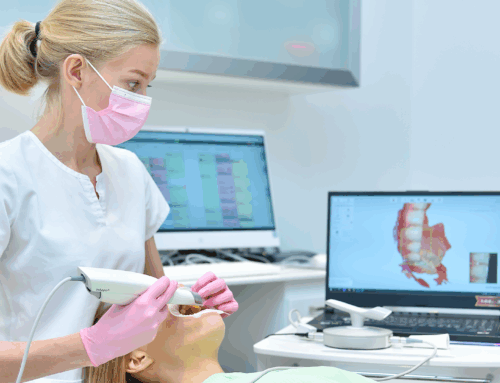Clinical Photography has been everywhere. As experts in the dental industry, we recognize the challenges dentists, oral surgeons, and dental staff face when documenting cases and communicating treatment plans effectively.
In our digital age, clinical photography has become an indispensable tool for dental professionals. Yet, mastering the intricacies of capturing dental conditions and treatments can be a daunting task. With a myriad of cameras and technicalities involved, it’s easy to get lost in the sea of complexities.
That’s where the Hero Shot comes in to save the day! This one specific image, achievable with any camera, even an iPhone, acts as a beacon of simplicity amidst the confusion. The Hero Shot, a full-face, facing the camera, full smile, in occlusion shot, transmits more to the lab than a bevy of photos from other angles.
At RDL-USA.com, we recognize the significance of this powerful image, and we aim to support you in navigating the complexities of dental photography. Our dental lab specializes in crafting top-notch dentures, crowns, bridges, implant restorations, clear aligners, orthodontic appliances, and sleep apnea devices. We provide you with the tools and expertise to make the Hero Shot an integral part of your dental practice.
What’s the science?
For this discussion, we’re going to be focusing mostly on two pieces of research:
Facial Esthetic Considerations with All-on-4: A Report on Two Cases
Ernest S Orphanos
Peter Prendergast
In “Facial Proportions”, Prendergast expands on facial thirds and lower thirds, giving more baseline information on facial analysis.
In Orphanos work, he focuses on restoring or creating natural facial harmonics by critically evaluting the current state. This helps set a blueprint for where to go with a patient, especially when considering full arch surgery.
What can we get from this?
There’s so much information to be gleaned from the Hero Shot. Let’s take a look.
The Pink Lines are the Major Facial Thirds. Purple represents one of the Minor Thirds. This line is the establish incisal edge.
The Green Line gives us the midline. The Light Blue Lines give us the biologic width of the anterior segment.







